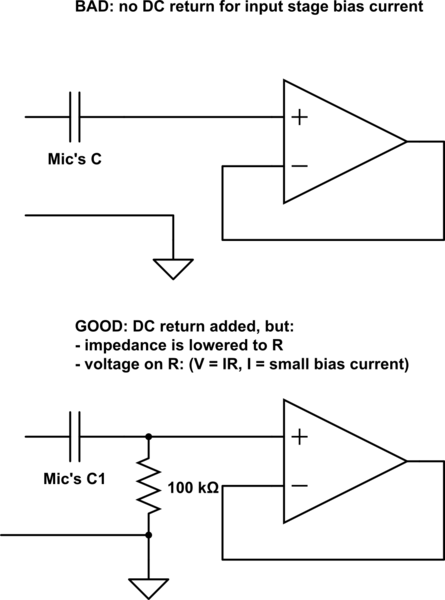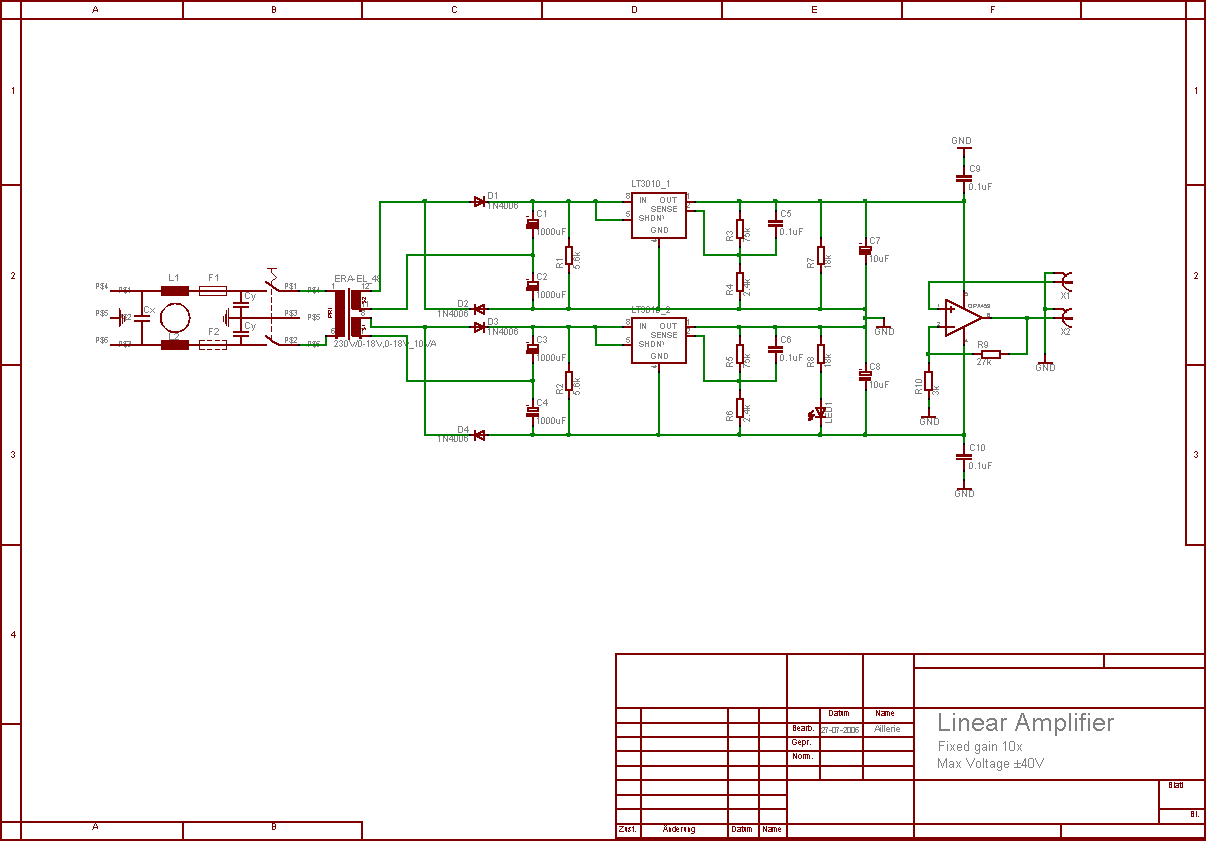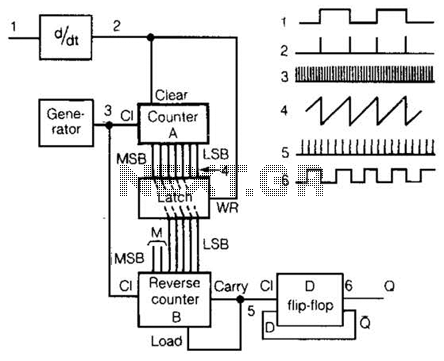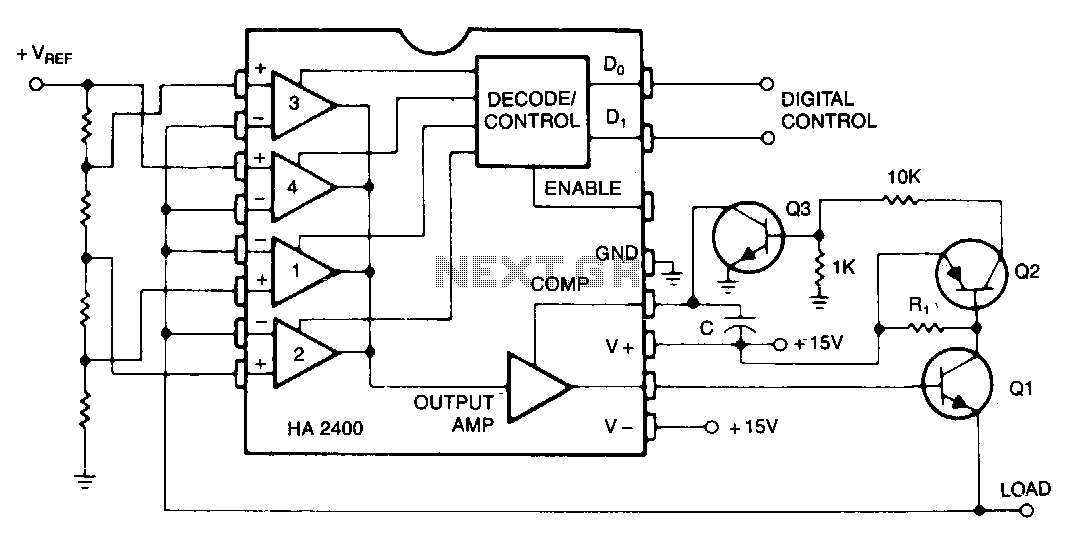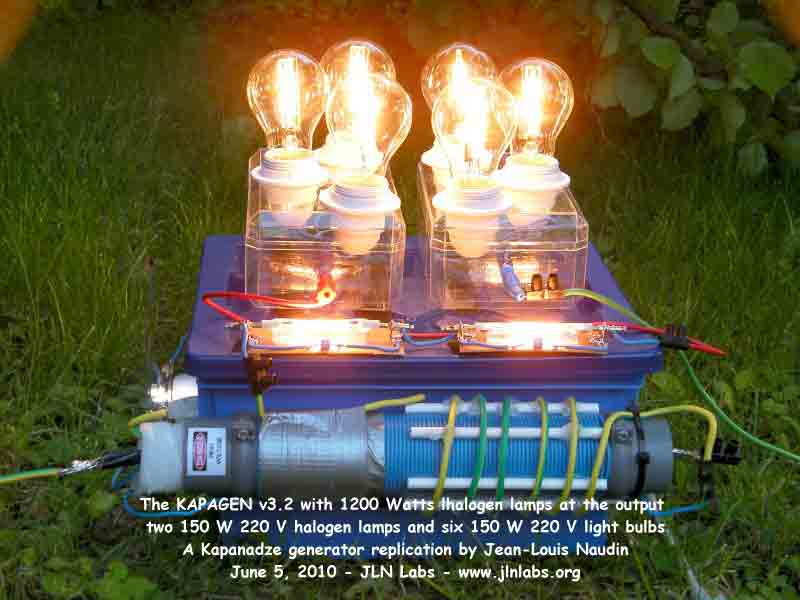
Programmable Capacitance Multiplier with DAC

A capacitance multiplier simulates a high-capacitance capacitor for analog signal processing. By utilizing a Digital-to-Analog Converter (DAC), it is possible to emulate...
A capacitance multiplier is a circuit configuration that effectively increases the apparent capacitance seen at its output compared to the actual capacitance connected to its input. This technique is particularly useful in analog signal processing applications where large capacitance values are required but physical capacitors may be impractical due to size, cost, or availability constraints.
The basic operation of a capacitance multiplier involves an operational amplifier (op-amp), a resistor, and a capacitor. The op-amp is configured in a feedback arrangement that allows it to control the voltage across the capacitor, thereby simulating a larger capacitance. The input signal is applied to the non-inverting terminal of the op-amp, while the feedback loop includes the resistor and capacitor, which together define the time constant of the circuit.
When a DAC is integrated into this design, it allows for dynamic control of the capacitance multiplier's effective capacitance. The DAC converts digital signals into analog voltages, which can then be used to adjust the feedback in real-time. This capability enables precise tuning and adaptation of the circuit to varying signal conditions, enhancing performance in applications such as audio processing, filtering, and signal conditioning.
In summary, the capacitance multiplier with a DAC provides a versatile solution for simulating high capacitance in analog circuits, allowing for improved functionality and flexibility in electronic designs.Capacitance multiplier simulate high capacitance capacitor for analog signal signal processing. By using DAC (Digital-to-Analog Converter), we can simulate.. 🔗 External reference
A capacitance multiplier is a circuit configuration that effectively increases the apparent capacitance seen at its output compared to the actual capacitance connected to its input. This technique is particularly useful in analog signal processing applications where large capacitance values are required but physical capacitors may be impractical due to size, cost, or availability constraints.
The basic operation of a capacitance multiplier involves an operational amplifier (op-amp), a resistor, and a capacitor. The op-amp is configured in a feedback arrangement that allows it to control the voltage across the capacitor, thereby simulating a larger capacitance. The input signal is applied to the non-inverting terminal of the op-amp, while the feedback loop includes the resistor and capacitor, which together define the time constant of the circuit.
When a DAC is integrated into this design, it allows for dynamic control of the capacitance multiplier's effective capacitance. The DAC converts digital signals into analog voltages, which can then be used to adjust the feedback in real-time. This capability enables precise tuning and adaptation of the circuit to varying signal conditions, enhancing performance in applications such as audio processing, filtering, and signal conditioning.
In summary, the capacitance multiplier with a DAC provides a versatile solution for simulating high capacitance in analog circuits, allowing for improved functionality and flexibility in electronic designs.Capacitance multiplier simulate high capacitance capacitor for analog signal signal processing. By using DAC (Digital-to-Analog Converter), we can simulate.. 🔗 External reference
